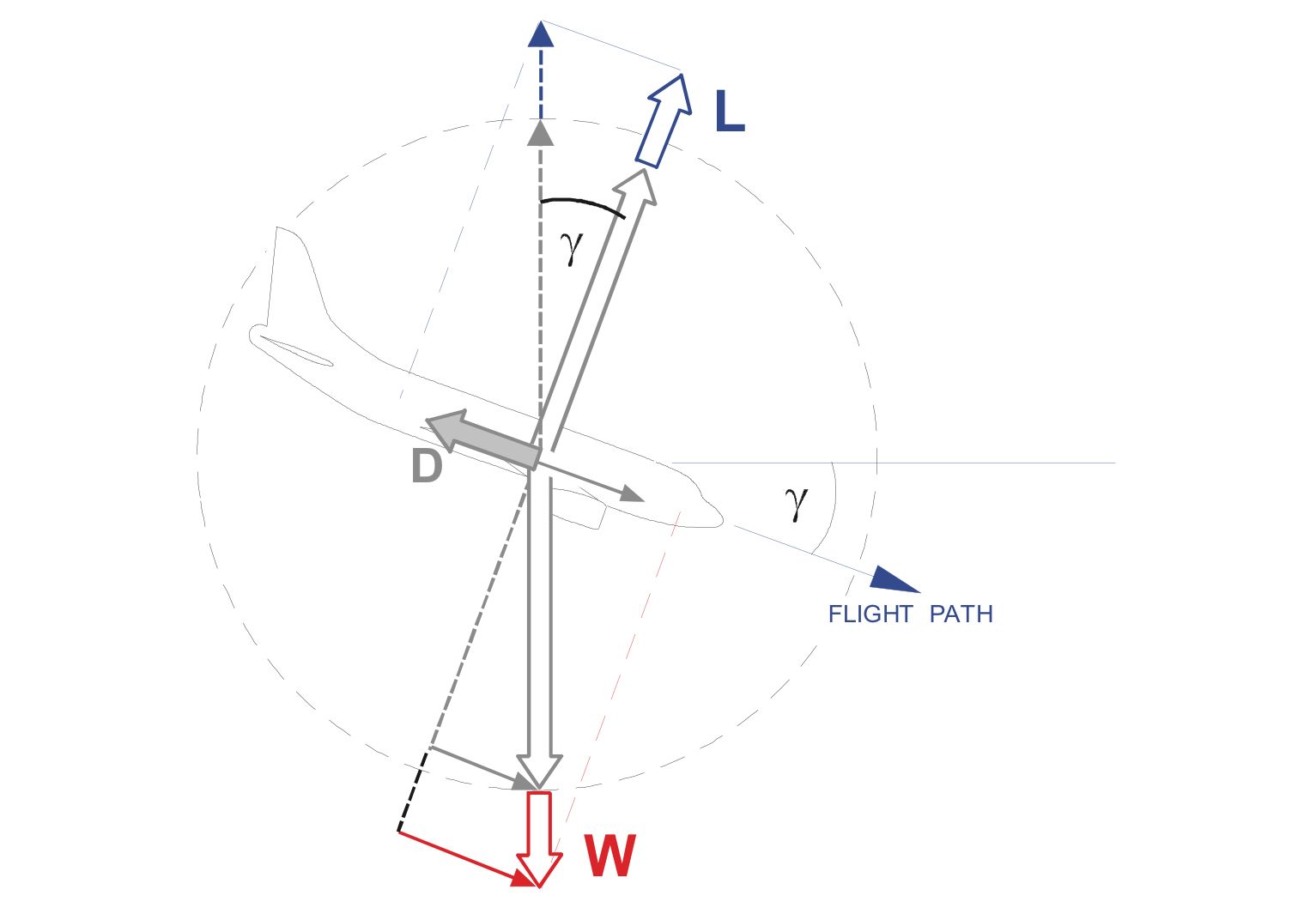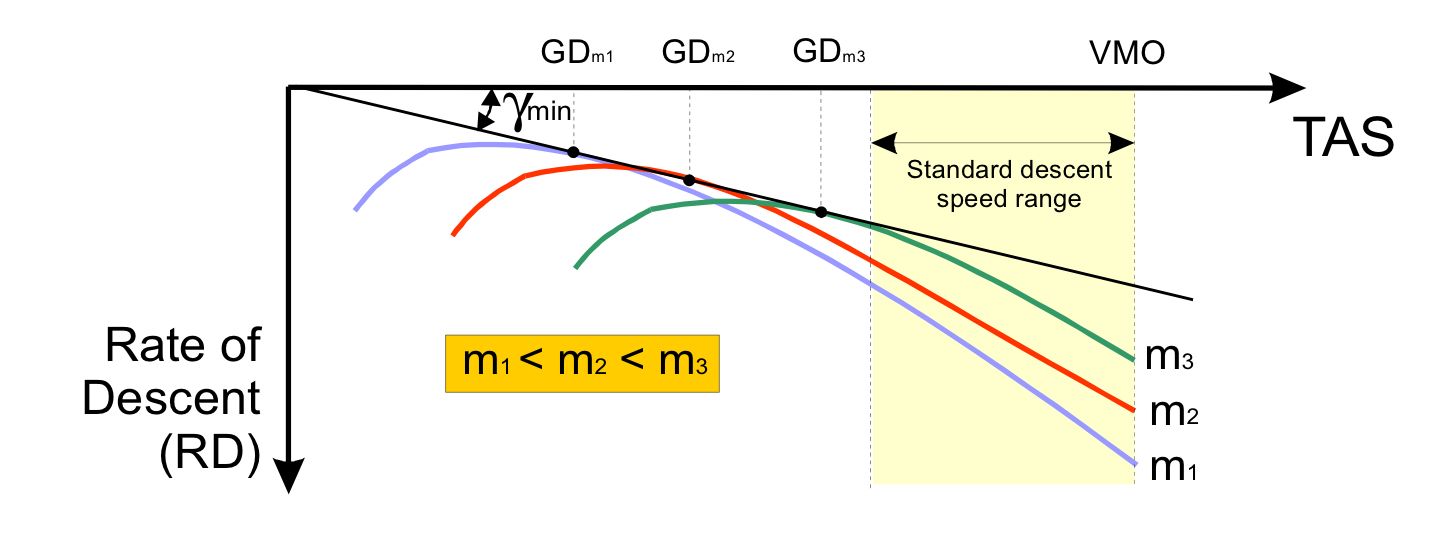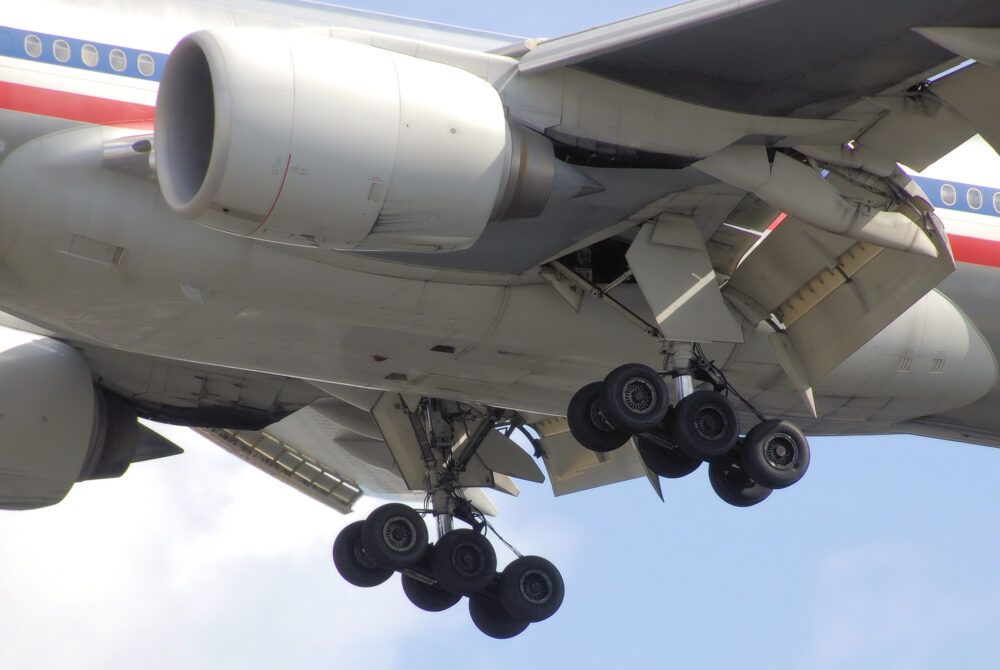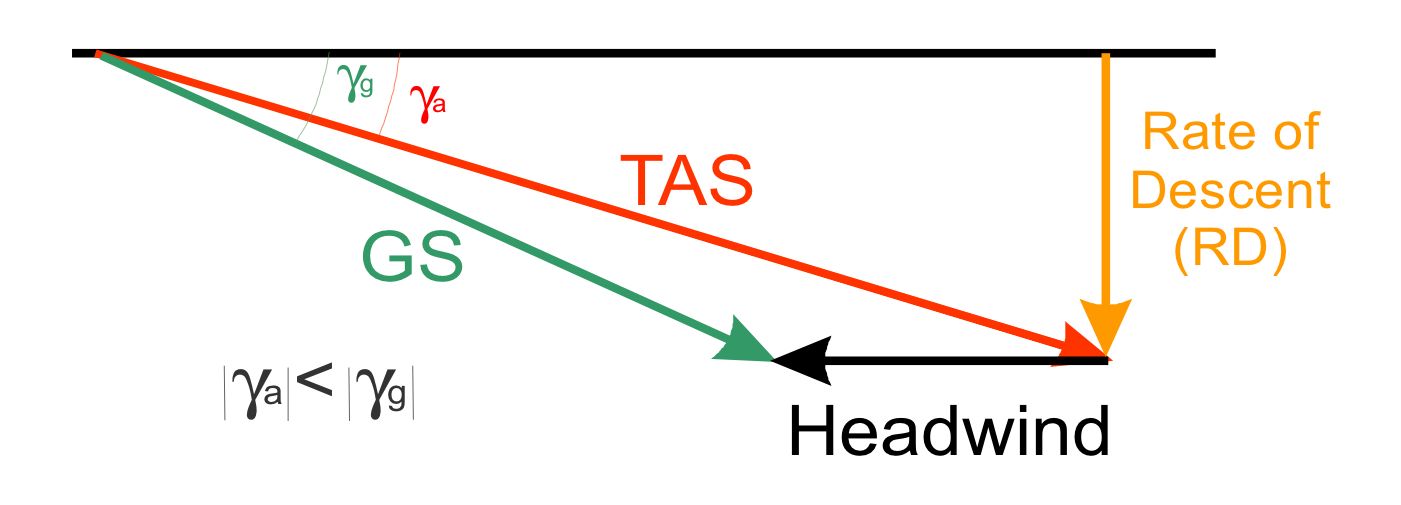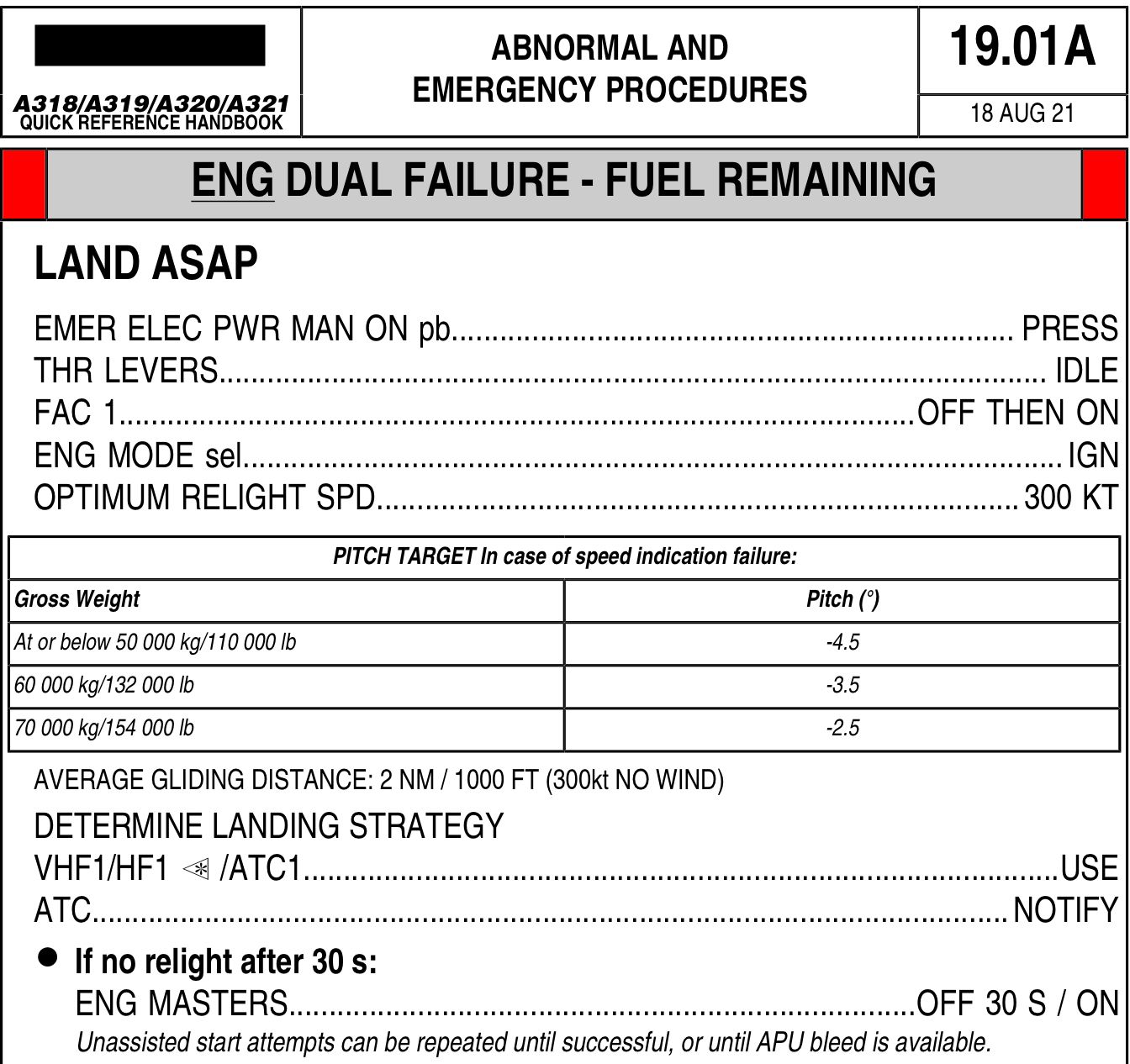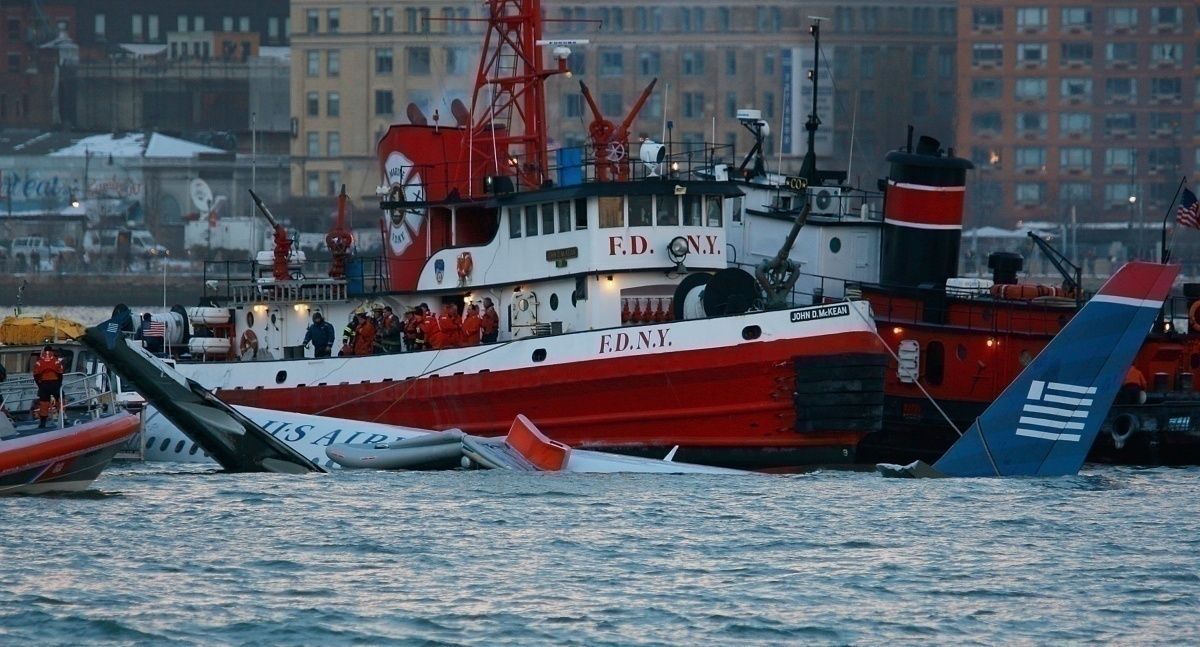An all-engine failure is a rare event. However, it is something that has happened in the past, and interestingly, a lot of them resulted in forced landings and ditchings, where many of the crew and passengers lived to tell the story.
Contrary to popular belief airplanes do not come crashing down when all engines fail. By design, airplanes can glide, and modern airplanes with their sleek bodies and well-designed wings are excellent gliders.
The lift-to-drag ratio and glide ratio
The increase in the angle of attack on the wings results in both increases in the coefficient of drag (Cd) and coefficient of lift (Cl). This can be graphed as shown below:
The curves of Cd and Cl can be used to plot the curve for Lift to drag ratio (L/D). This L/D reaches a point known as L/Dmax, and then it falls until reaching the critical angle of attack, where the wing stalls. The angle of attack which corresponds to the L/Dmax is known as the optimum angle of attack. When flown at this angle of attack, the lift is the maximum when compared to drag and thus reduces the drag on the aircraft.
The glide ratio of an aircraft is the horizontal distance traveled by an aircraft divided by the altitude lost. For example, if an aircraft is said to travel 2.5 nm with every 1000 ft loss in altitude, its glide ratio is equal to 15:1. This is the typical glide ratio of an airliner. Gliders have better glide ratios. There are gliders with glide ratios of 70:1.
The glide performance
Glide performance is a complex subject with many factors affecting it.
Firstly, we will look at the total drag curve. This curve shows the total drag acting on an aircraft. It is plotted with drag force against the speed. The important thing to note from the graph is the speed for minimum drag. It occurs at the lowest point of the graph. This speed is known as Vmd (minimum drag speed). If you would like to read more about this graph, please read this article. During a glide, this is the speed to be maintained if the pilot wants to travel the furthest distance.
It is also important to look at the forces acting on a gliding aircraft. When in straight and level flight with all engines operative, the aircraft weight is balanced by lift, and the thrust balances drag. However, when the engines become inoperative, the drag component is no longer balanced, and the aircraft begins to decelerate. To harmonize things and bring balance back to the forces, the aircraft's nose must be lowered.
When the nose is lowered, the weight of the aircraft splits into two components. The vertical component and the horizontal component. The angle between these components is called gamma, γ. The horizontal component of the weight acts like the thrust component and is called the weight apparent thrust and is given by W sin γ.
The angle γ is the smallest when flown at Vmd. That is, it gives the lowest descent gradient. The pilot should not try to raise the nose to extend the glide when flying at Vmd. The lifting of the nose might give a false impression of extending the range even though this negatively affects the glide. When the nose is raised, the magnitude of weight apparent thrust (W sin γ), reduces which in turn reduces the speed of the aircraft below Vmd. This results in an increased descent gradient.
Now that we have talked about the general glide performance let us have a look at what factors affect it.
Weight of the aircraft
The weight does not affect glide performance in terms of the ground distance the aircraft covers. However, it does affect the speed of the glide.
When the weight of the aircraft is increased, there is an increase in induced drag due to the increased lift. This moves the drag curve up and right, which increases the speed for Vmd. So, a heavier aircraft is required to accelerate to a higher speed to reach Vmd. This can be physically seen by studying the forces on an aircraft.
When the weight is higher, the corresponding weight apparent thrust increases. This increases the forward speed of the aircraft, which in turn increases the lift. This action increases drag until the weight apparent thrust and drag balance at the same L/Dmax at a higher speed than before. Hence, the glide speed of an aircraft is higher when it is heavier.
The increase in weight apparent thrust also increases the rate of descent, but the aircraft still covers the same distance when compared to a light aircraft, as the weight does not affect the descent gradient. This can be seen in the diagram below. What it shows is the Rate of Descent (RD) plotted against the aircraft speed.
As the graph is made by Airbus, the Vmd speed is labeled as GD (Green Dot speed – what Airbus calls the Vmd). It constitutes three curves for three masses. M1, M2, and M3. The M3 is heavier than M2 and M2 is heavier than M1. In all being the same, as can be seen from the graph, the heaviest aircraft (M3) has a higher descent rate when flown at GD than the other two.
Aircraft configuration
The word configuration here means the position of the flaps and landing gear. The lowering of gear flaps increases the drag. To counter this increase in drag, the aircraft's nose must be lowered until the weight apparent thrust balances the extra drag. Consequently, this increases the descent gradient or angle, γ, and the rate of descent.
This can also be shown on the drag curve. The flaps and gear increase the parasite drag, which moves the curve up and left. This increases the drag, and at the same time, it reduces the speed for Vmd.
The maximum L/D can be only maintained with a clean configuration (flaps and gear up).
Prevailing winds
The winds play a major role in a glide. Headwinds reduce the ground speed of the aircraft and, at the same time, steepen the glide angle. The reduced speed means that the aircraft travels less ground distance compared to an aircraft flying at nil winds.
The opposite is the case for an aircraft experiencing tailwinds. In a tailwind, the ground speed increases and reduces the steepness of the glide angle. Higher ground speed means that the aircraft can travel further in a given time when compared to nil and headwinds. So, headwinds increase the glide performance of an aircraft.
There is a trick a pilot can do to increase the glide performance when experiencing headwinds and tailwinds in a glide. In a headwind, flying a little faster than Vmd may result in a better glide as it reduces the time spent in the headwind. Similarly, when encountered with a tailwind, the speed can be reduced a little below Vmd, so that the aircraft can remain in favorable conditions for a longer period.
How do pilots react to an all-engine failure
The first and foremost thing to do is to immediately reduce or increase the speed to the Vmd. Then confirmation of gear, flaps, and speed brakes must be done to ensure that they are all up.
Once the aircraft is flying well and if in a two-pilot cockpit environment at this point, the Pilot Monitoring (PM) must get him or herself busy with the checklist procedures. All large aircraft have an all-engine failure checklist. Usually, the first part of the checklist calls for an attempt to restart at least of the engines and to power up all the essential aircraft equipment. This might require the start of the APU.
At the same time, a decision on where to land the aircraft must be made. Depending on the altitude at which the failure occurred, the aircraft may not be able to glide for that long. At low altitudes, the pilots should anticipate a forced landing or a ditching (if over the sea). When at a high altitude, the aircraft may very well have enough performance to reach an airfield.

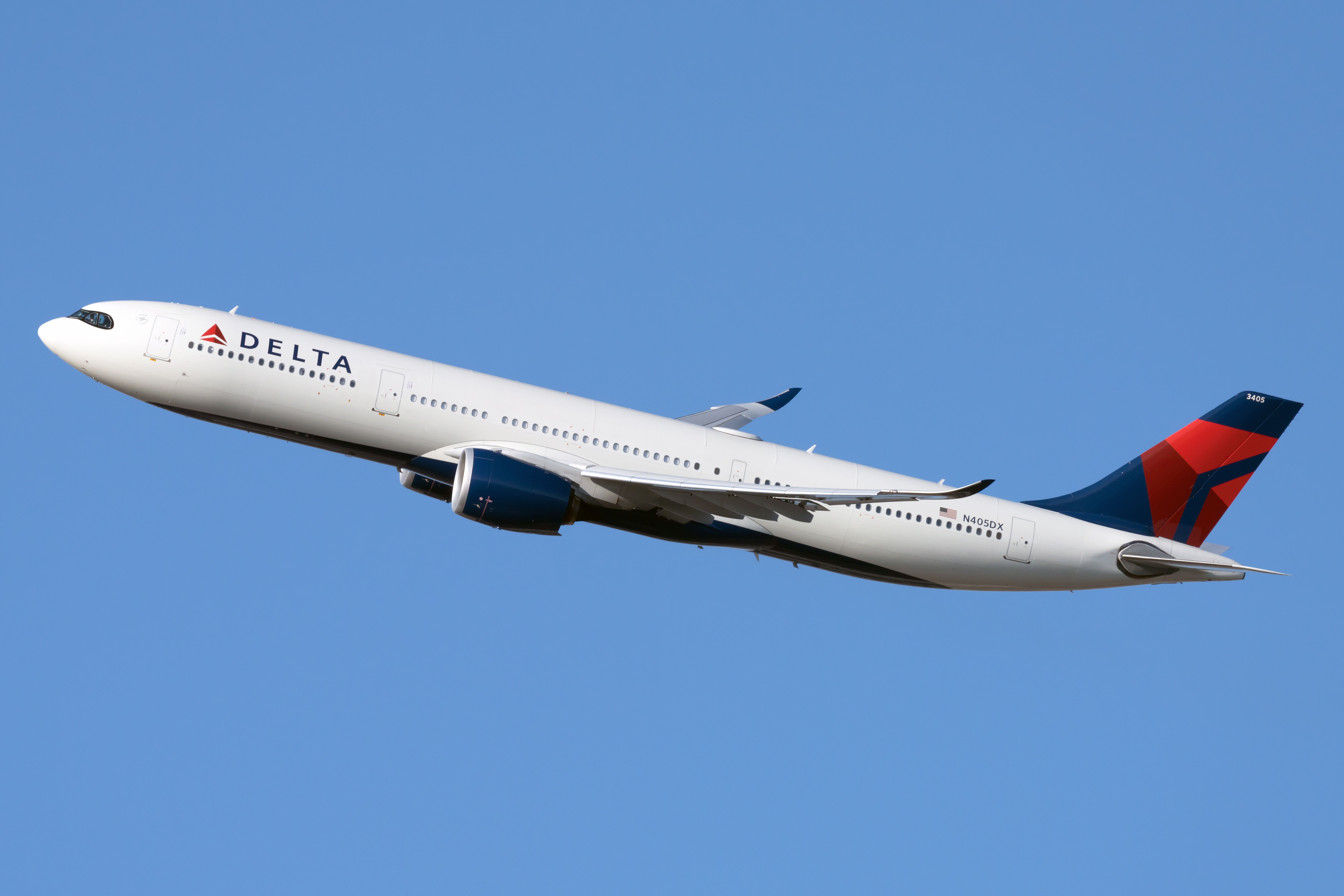
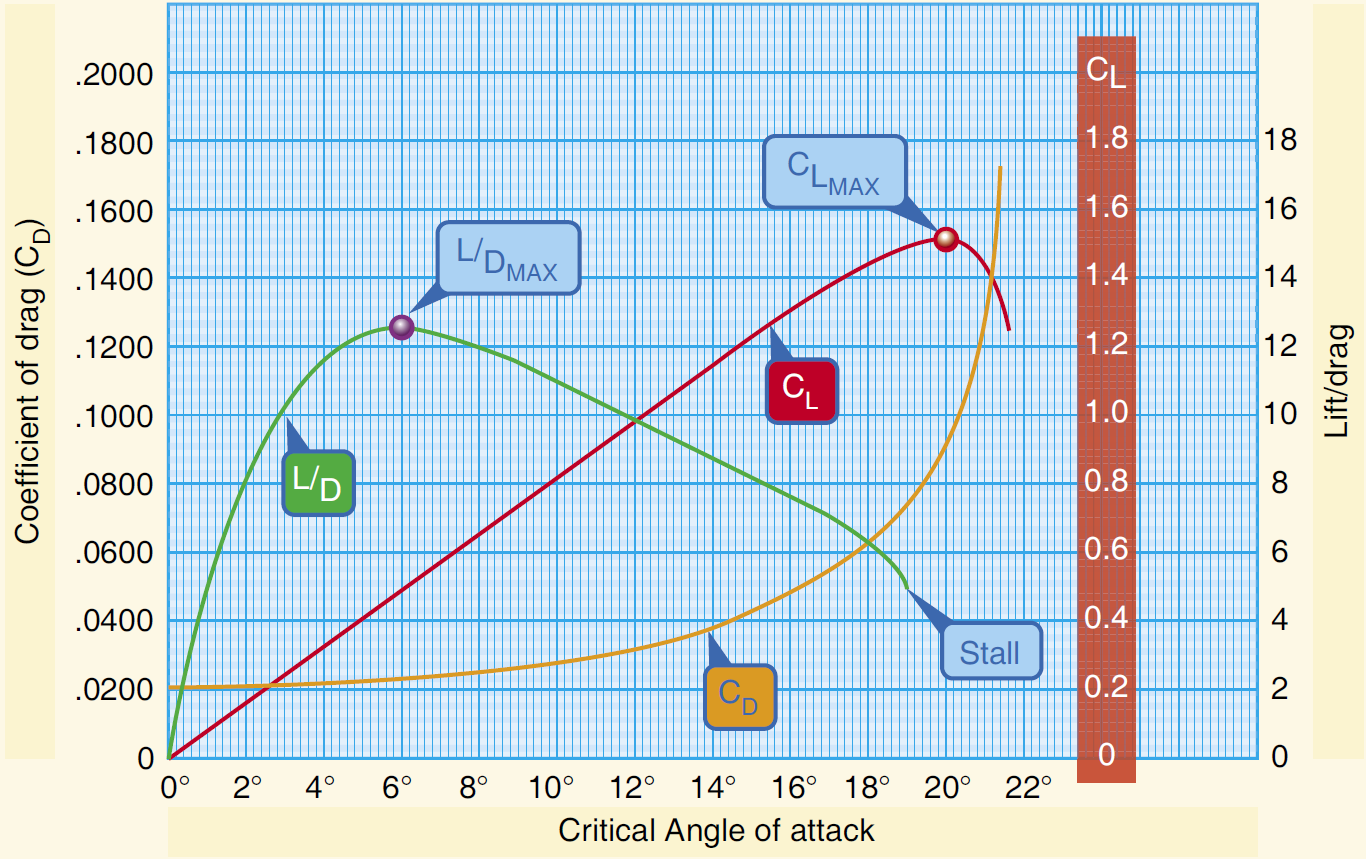

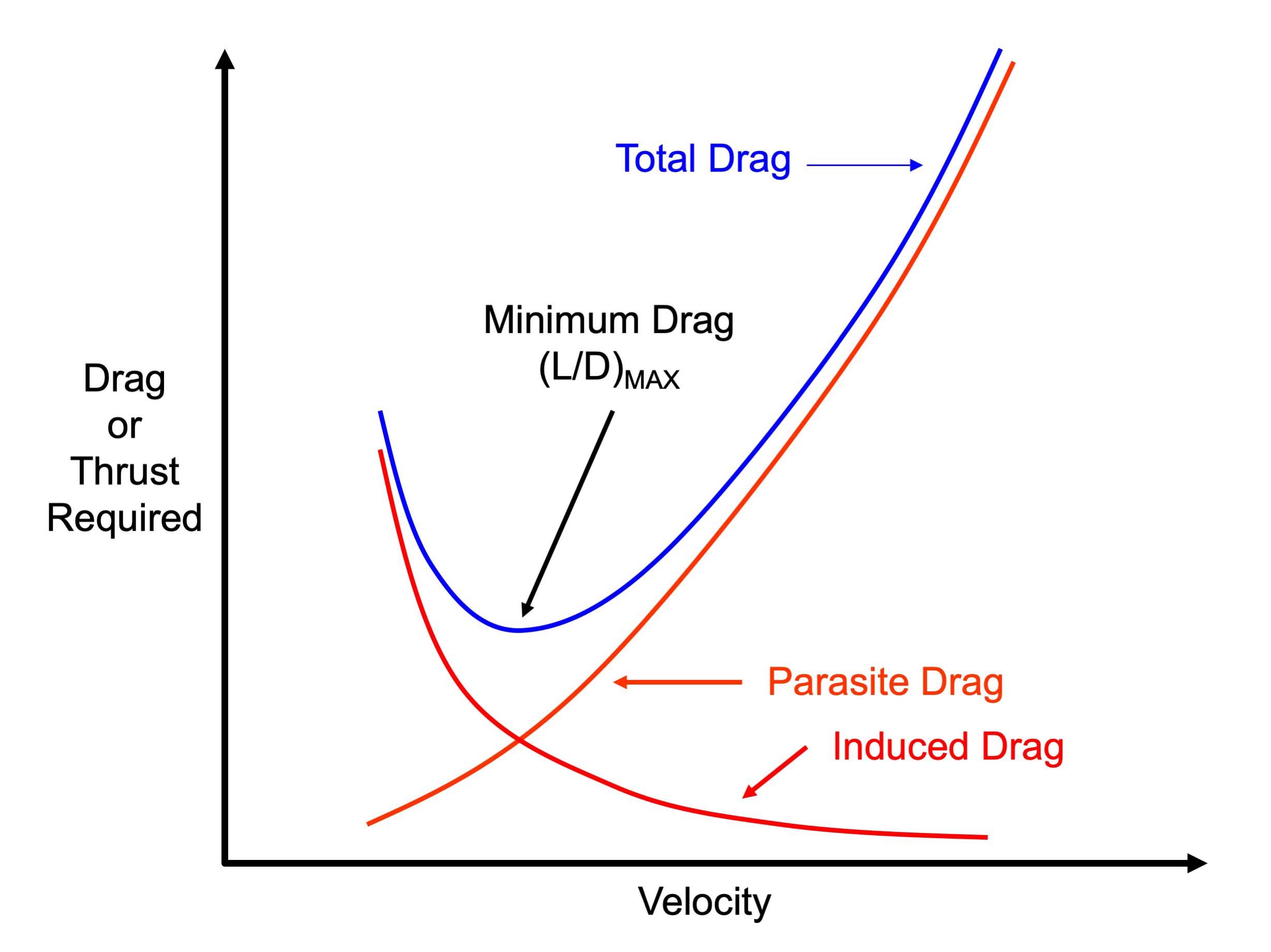
.jpg)
